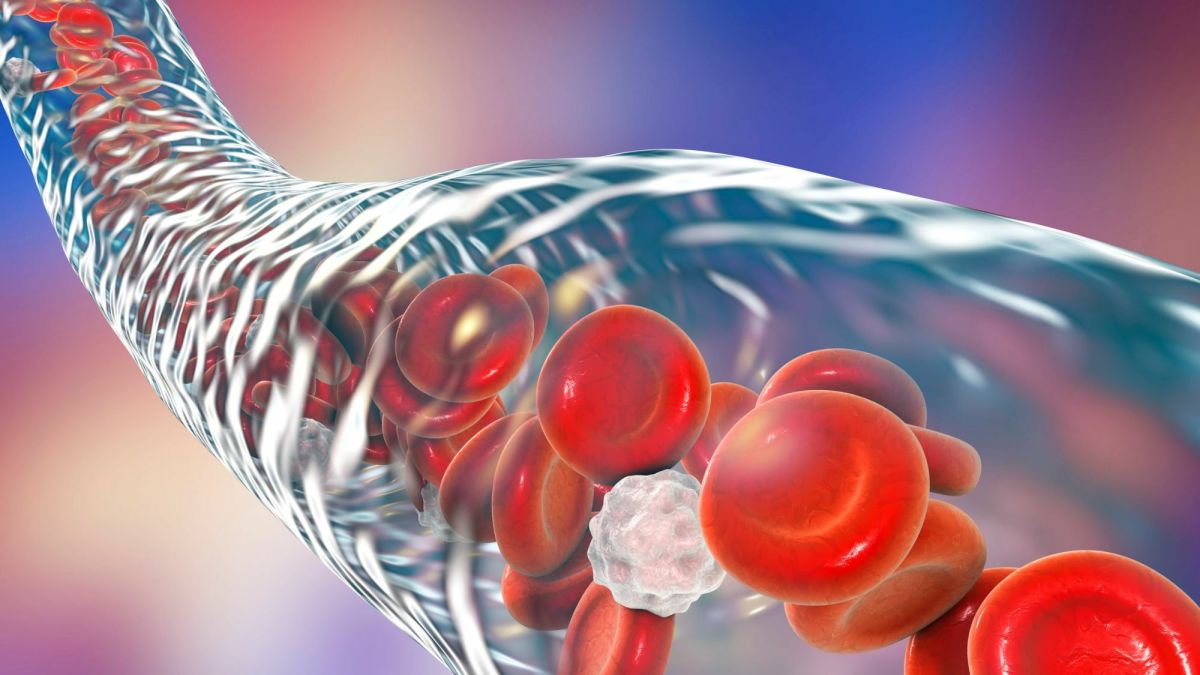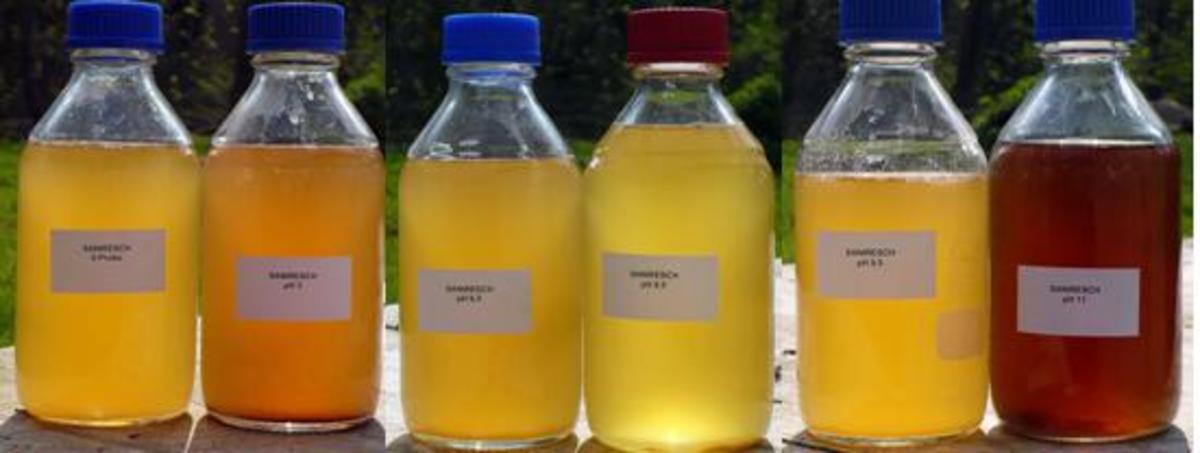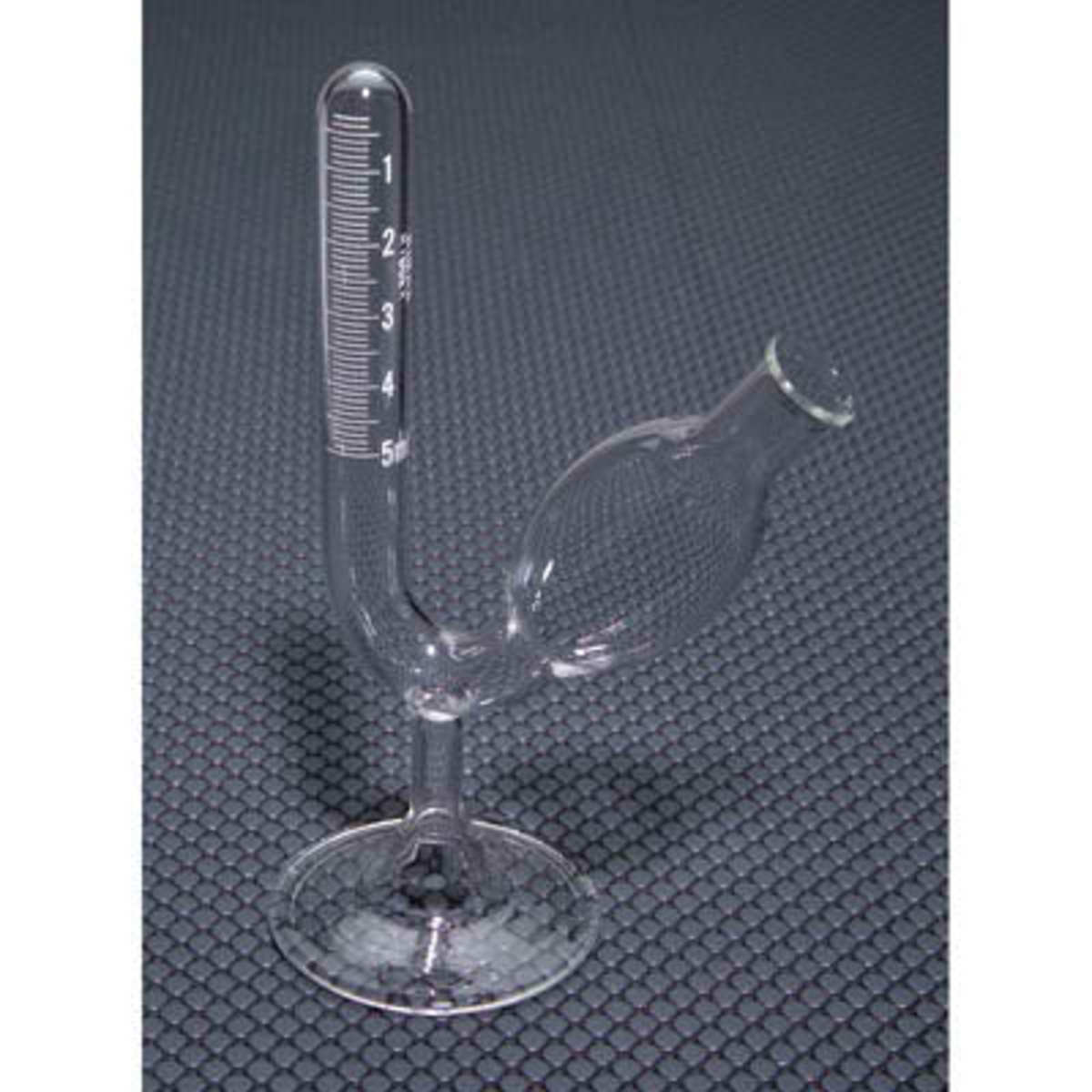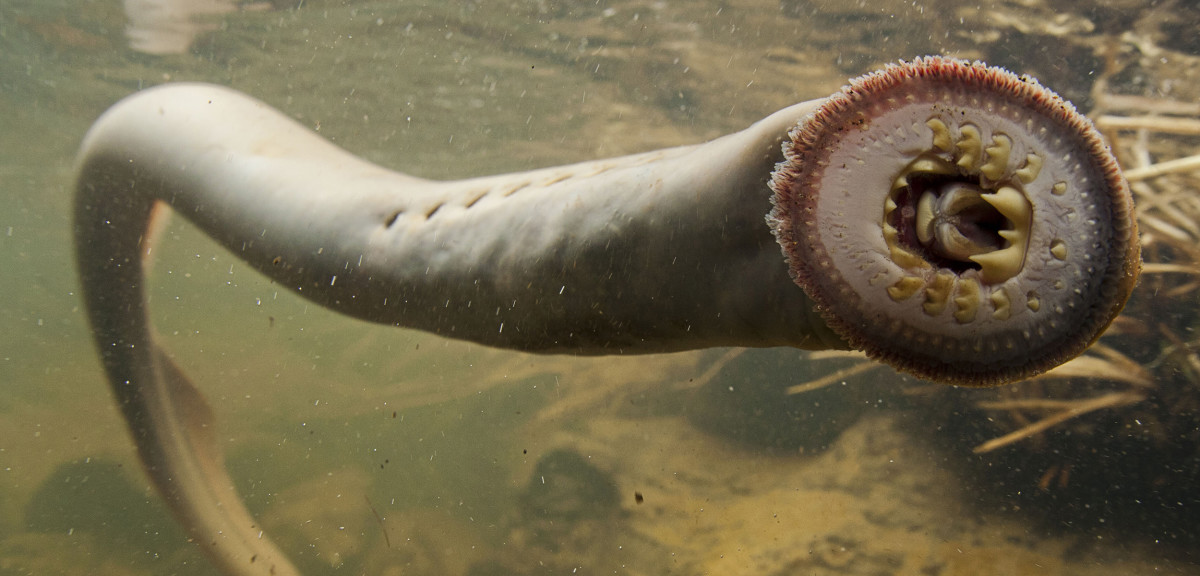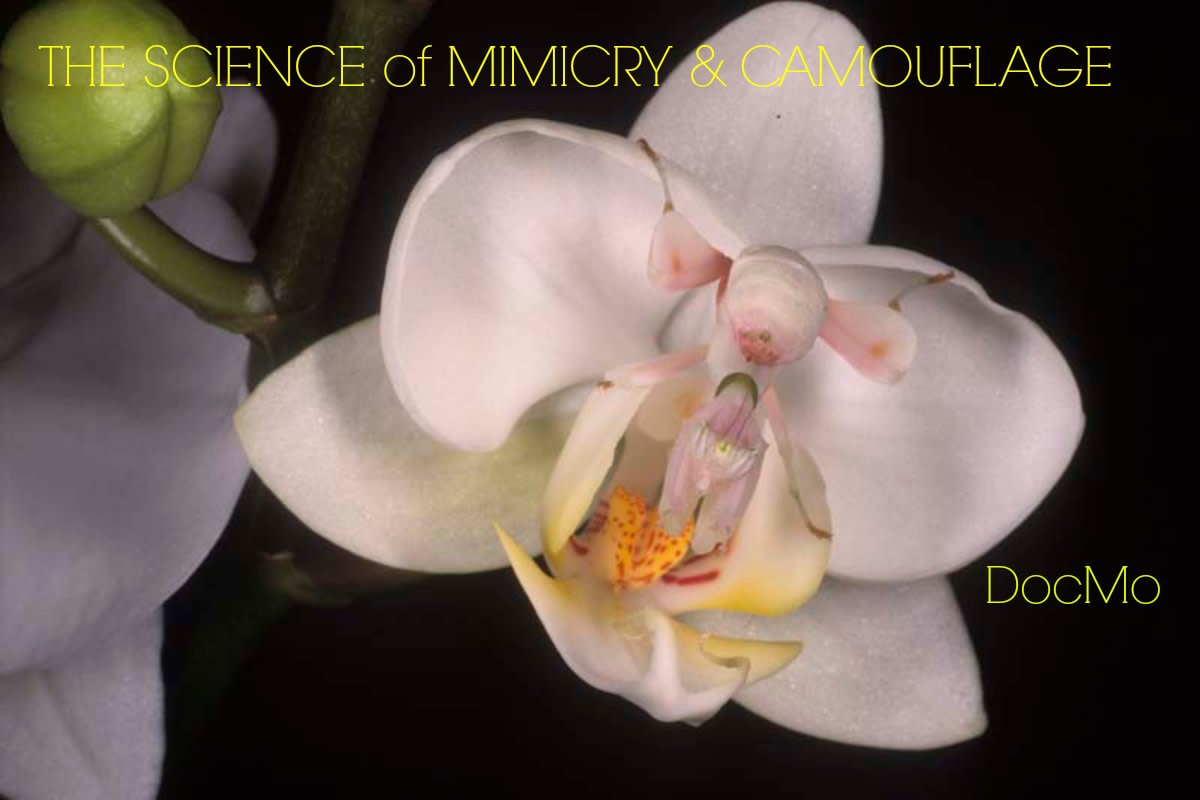Blood And Its Components

Did you ever get injured? While playing or running? You might have seen your blood or your friend's blood when got injured or wounded. How does the blood look like? It is thick? does it keep flowing out of the wound? How does it look like when it clots? The study of blood is called "Haematology". Blood is connective tissue having different types of cells, which have different functions. Lets learn more about the blood and its components now.
The intercellular fluid called the Plasma, has high volume in blood. The blood cells are not attached to each other. They float freely in the blood and travel along with blood to different tissues in the body.
- Blood is called "Fluid Tissue of The Body".
- In an average adult, there is about 5 litres of blood.
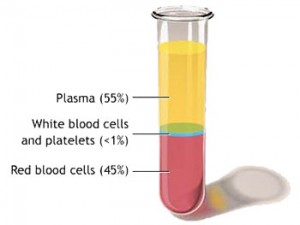
Experiment to Study the Composition of blood
Take a test tube and add 1% of Sodium Oxalate or Sodium Citrate Solution. Now add fresh blood into it. Then close the tube with a cotton plug. Keep the test tube without shaking or mixing for an hour.
Observation: A clear pale, straw coloured fluid separates out on the top and a red sediment in the bottom of the tube.
Inference: The fluid part is the Plasma. The sediment will be loose and consists of different types of cells present in the blood.
Now pour out the plasma only carefully. Add about 10 ml of 0.9% Sodium Chloride to the tube with cells and mix. Allow this to settle down for sometime and pour out the fluid on the top. Repeat this step for 3/4 times. Now take a drop of the sediment and observe the cells under microscope.
The Sodium Oxalate and Sodium Citrate solutions prevent the clotting of blood.
If you repeat the same experiment without adding the above salts to the test tube, blood clots and settles down at the bottom as a soft and firm mass. A clear fluid is seen on the top of the clotted blood. This is serum. Serum doesn't contain few proteins that are present in plasma. Blood cells can't be separated from a clot.
Composition of blood plasma:
- It is a liquid.
- Slightly alkaline
- Straw coloured and clear
- Constitutes 60% of the total volume
- 85 to 90% is water
- Consists of inorganic and organic compounds
Proteins in the blood Plasma
Protein
| Function
| |
|---|---|---|
1. Albumin
| helps in transport of some substances.
| |
2. Globulins
| maintains osmotic pressure. transport, defence reaction maintaining osmotic pressure.
| |
3. Fibrinogen And Prothrombin
| help in clotting of blood when the blood vessel is injured.
|
Cellular Components of White Blood Cells


Erythrocytes/ Red blood cells or Corpuscles (RBC):
- 4.5 to 5.5 × 10 9 cells per ml of blood.
(more in children than in adults) - Shape: Circular, biconcave.
Immature Red blood cells have all the organelles but when they grow mature, all organelle disappear having only plasma membrane and cytoplasm. - Place of production: embryonic stage: Liver & Spleen
adult stage: marrow of long bones. - Erythropoesis: Production of red blood cells.
- Life span: 120 days. after 120 days, they are destroyed in spleen mostly and to some extent in liver. That's the reason why spleen is called as "the grave yard of red blood cells."
- New red blood cells are added to replace the destroyed ones.
- The red Pigment "Haemoglobin", present in the cytoplasm takes part in the transport of oxygen and carbon dioxide.
Leucocytes/ White blood cells or corpuscles (WBC):
- No haemoglobin. They are colourless.
- 5 to 9 × 106 per millilitre. (less than RBC but their number increases under disease conditions.)
- Life span: 12 to 13 days.
- Place of production: lymph nodes, spleen and thymus.
- Place of destruction: blood, liver and lymph.
- These are also called phagocytes as they feed on foreign germs entering the body and move like amoeba.
- Granulocytes and Agranulocytes are two major types of leucocytes.
Granulocytes:
- These cells have different types of granules in the cytoplasm.
- Has irregular and lobed nucleus.
- Has three types of cells. (a) acidophils (b) basophils (c) neutrophils.
Granulocytes
Acidophils
| Basophils
| Neutrophils
|
|---|---|---|
Can be stained with acid dyes. 2 lobed nucleus. Large sized granules Attack parasites. Reduce allergic reactions. Engulf particles formed due to antigen-antibody interactions. Destroy toxins that enter the body.
| Can be stained with basic dyes. 'S' shaped elongated nucleus. few round, large granules Phagocytic cells. Play a part in healing process. Few in number.
| Can be stained with neutral dyes. 5 to 6 lobed nucleus. Closely packed gran Ules Search and engulf bacteria.( so called Microscopic policemen of the body) Present in largest number.
|
Agranulocytes:
- No granular Material in the cytoplasm.
- Have large nucleus.
- Have two types of cells: (a) lymphocytes (b) monocytes
Agranulocytes
Lymphocytes
| Monocytes
| |
|---|---|---|
• Smallest WBC. • Thin layer of cytoplasm. round, large nucleus. • Recognise the antigens and produce antibodies against them. • Protect against viral & fungal infections. • Develop immunity. • During AIDS disease, they getweakened and destroyed by AIDS Virus.
| • biggest WBC • Kidney shaped nucleus • Invade the infected areas and kill bacteria. • remove dead bacteria and cells, • Develop immunity. • Their number increases in leukemia (blood cancer).
|
Blood Platelets:
- Shape: Oval or round or biconvex.
- No nucleus.
- Play important role in the clotting of blood.
- They form a plug at the site of injury to reduce the loss of blood to some extent.
- They release several factors into the blood which help in blood clotting, repair and healing of the blood vessels.



